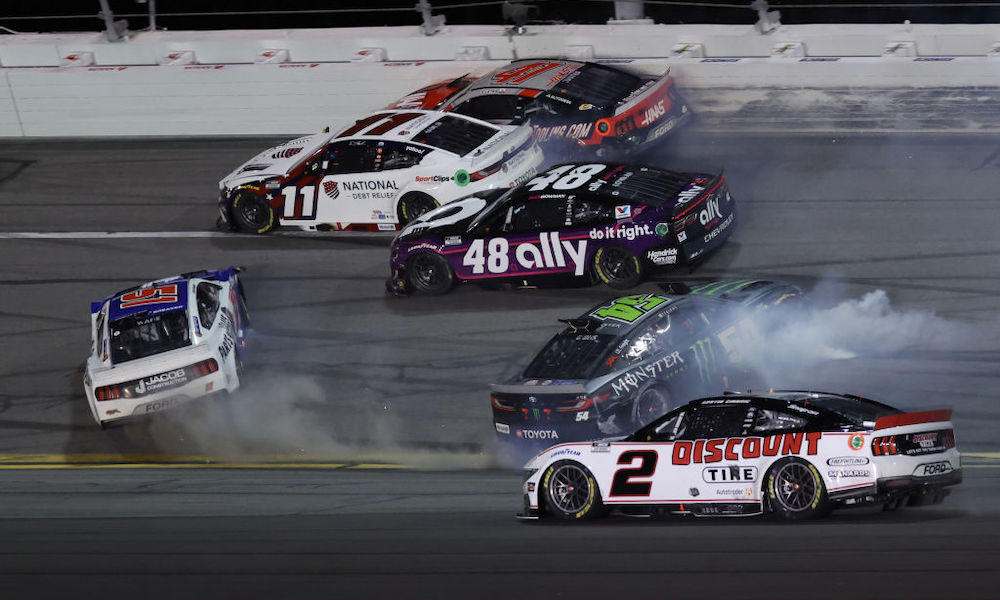
NASCAR Details Daytona Caution Flag Decision-Making Process
NASCAR safety officials explained their varying approach to caution flags during Daytona race week, particularly addressing the contrasting decisions made during Thursday's qualifying duels and Sunday's Daytona 500.

NASCAR cars racing at Daytona
Jusan Hamilton, NASCAR's managing director of competition operations, clarified that caution decisions are primarily based on safety vehicle deployment needs and track position of incidents. During Thursday's qualifying duel, officials called a caution before the finish due to heavy impacts near the pit road entrance, prioritizing quick emergency response.
The Daytona 500's final lap crash, however, received different treatment. The backstretch incident allowed safety vehicles to respond immediately from their Turn 2 position without interference from race traffic, enabling the leaders to race to the finish line before the caution was displayed.
Key factors influencing caution decisions include:
- Location of the incident
- Position of safety vehicles
- Distribution of race cars on track
- Severity of the crash
- Ability to safely deploy emergency response
Hamilton emphasized that NASCAR aims to achieve green flag finishes whenever possible, but safety remains the paramount concern. He noted that television broadcasts may not always show all factors influencing these split-second decisions, which rely on multiple data sources available to race control.
The race director also addressed the Thursday night duel finish, acknowledging that with hindsight, they could have handled it differently. However, he stressed that real-time decisions must be made based on immediate safety concerns rather than the luxury of post-race analysis.
These varying approaches demonstrate NASCAR's commitment to balancing competitive racing with essential safety protocols, requiring race directors to make swift decisions based on specific circumstances rather than following a one-size-fits-all approach.
Related Articles
Jesse Love to Race Cup Series Events at Texas and Indianapolis with Beard Motorsports

